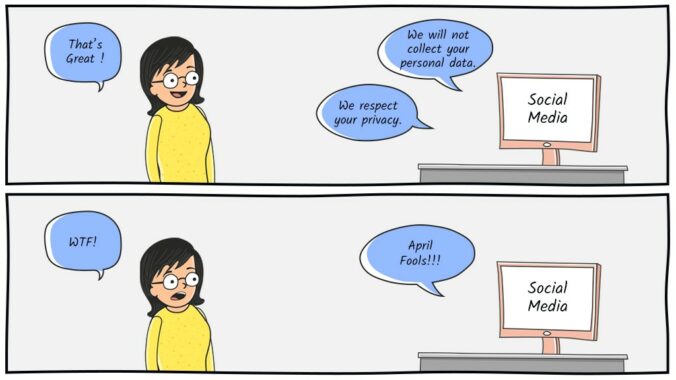It’s that time each year when radio programmers and air talent may need a gentle reminder on what’s OK to fool with on April Fool’s Day. After a stressful year many may look to lighten up the mood with some good, clean pranks, but be aware of the state of mind of the audience, with a pandemic still raging and political and racial tensions still top of mind. What may be funny to some, may be a trigger for others.
Besides taking the pulse of the market, something else to heed is the FCC’s rule against broadcast hoaxes. Broadcast attorney David Oxenford says this rule prevents stations from running any information about a “crime or catastrophe” on the air, if the broadcaster (1) knows the information to be false, (2) it is reasonably foreseeable that the broadcast of the material will cause substantial public harm and (3) public harm is in fact caused. Public harm, he says, is defined as “direct and actual damage to property or to the health or safety of the general public, or diversion of law enforcement or other public health and safety authorities from their duties.”
Writing in his Broadcast Law Blog, Oxenford recaps the reasoning for the rule, which was adopted in the early 1990s after several incidents that were well-publicized in the broadcast industry, including one case where the on-air personalities at a station falsely claimed that they had been taken hostage.
The FCC hoax rule is not the only reason to be wary about on-air pranks on April 1. “Beyond the potential for FCC fines, any station activity that could present the risk of bodily harm to a participant also raises the potential for civil liability,” Oxenford writes. “In cases where people are injured because first responders had been responding to the hoaxes instead of to real emergencies, stations could have faced potential liability… the victim will be looking for a deep pocket to sue – and broadcasters may become the target.”
